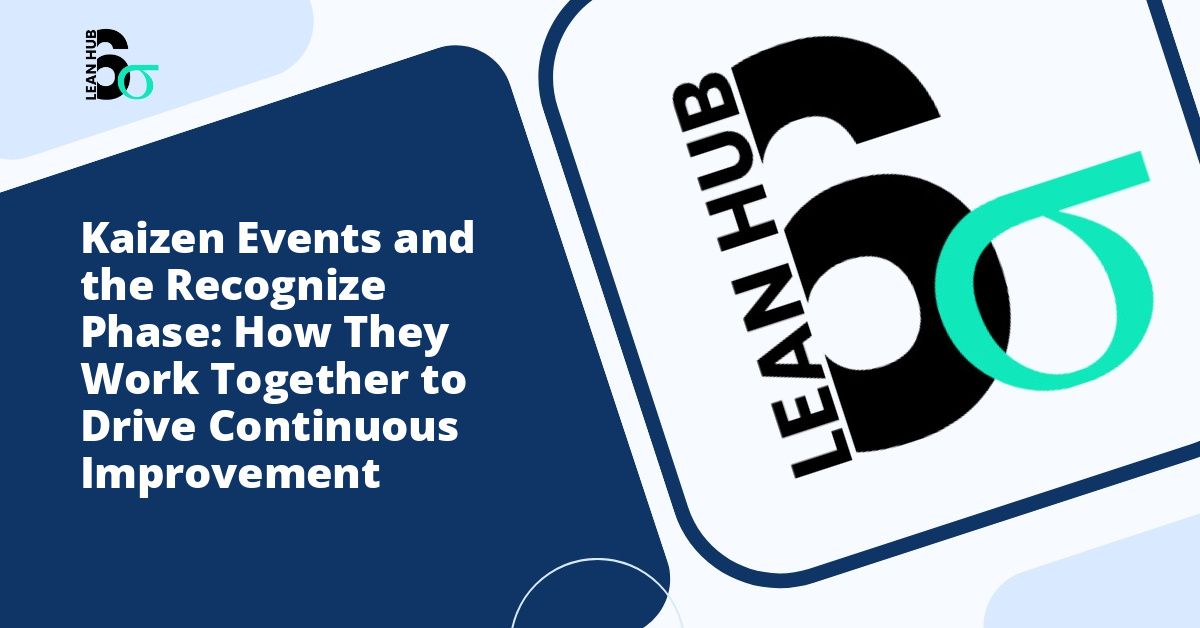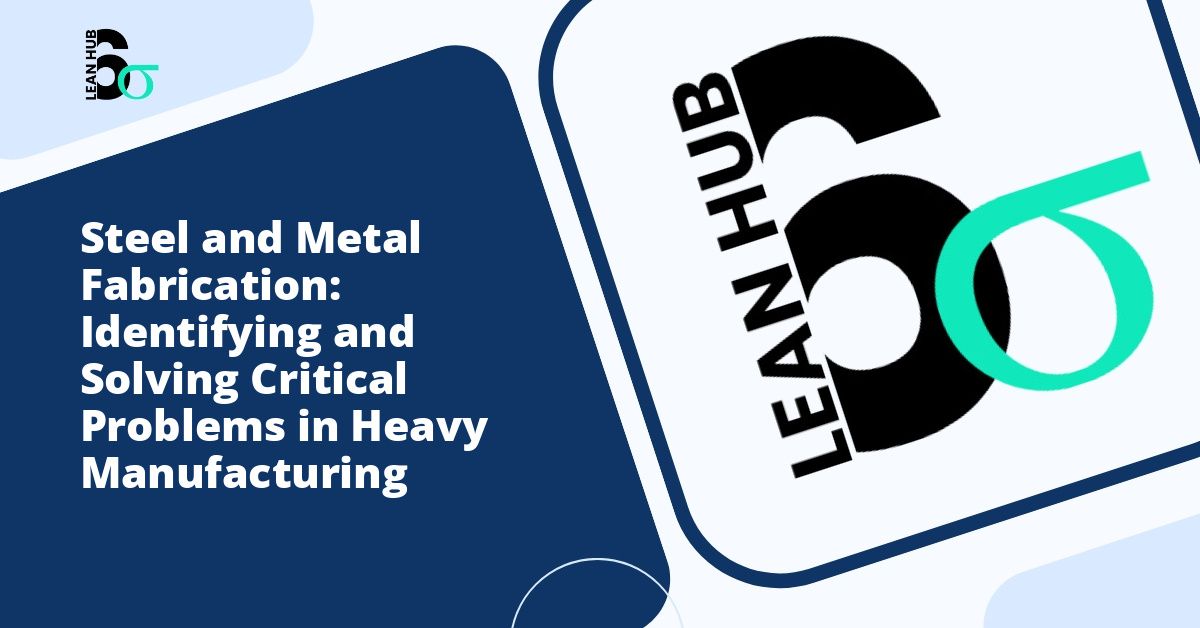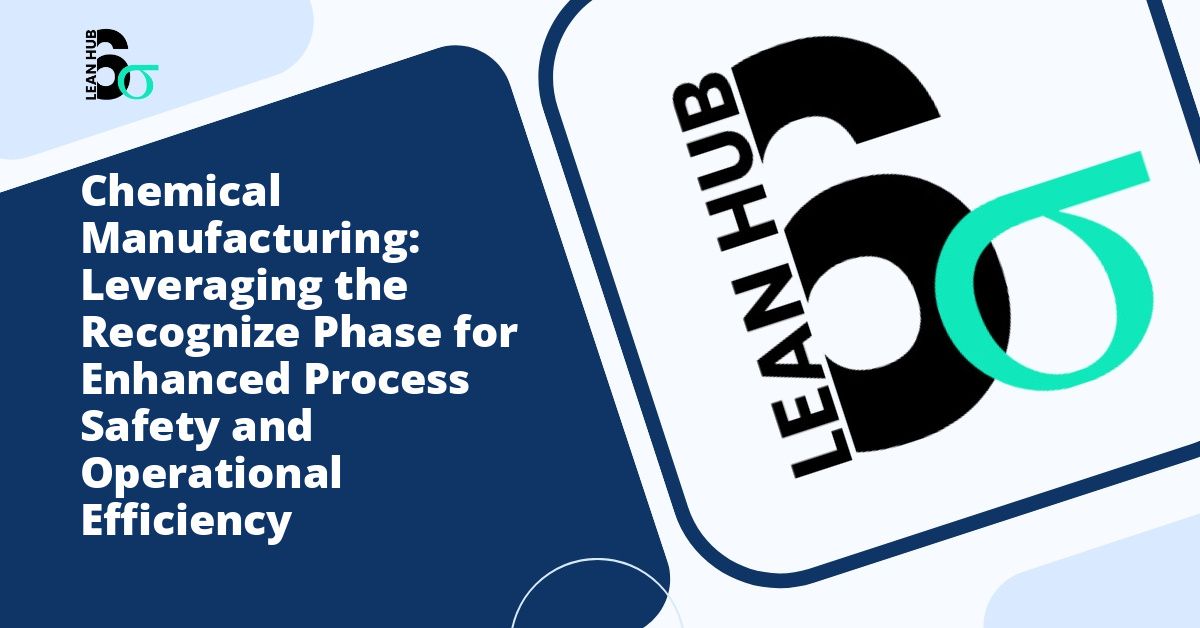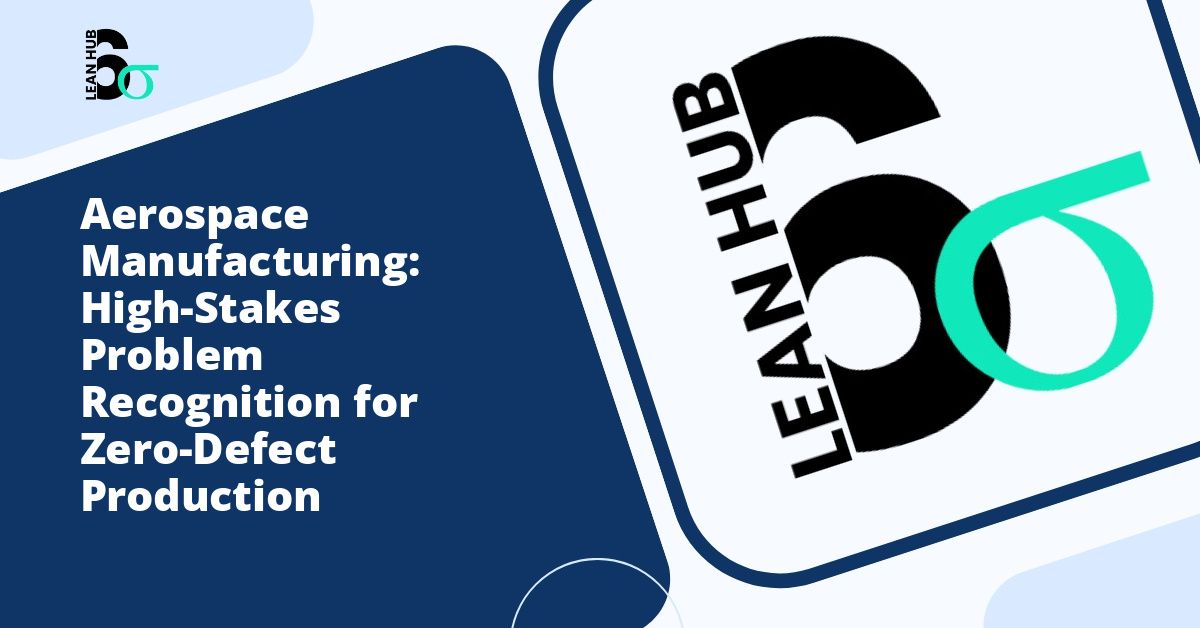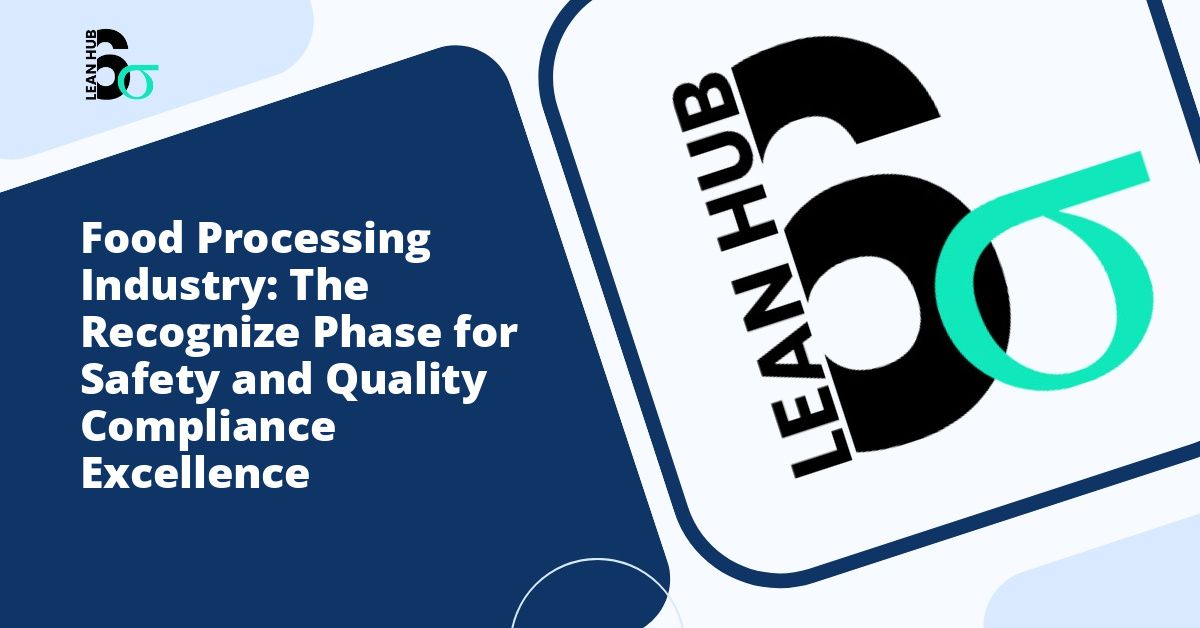In the world of process improvement and operational excellence, few methodologies have proven as effective as the combination of Kaizen events with structured problem-solving frameworks. Organizations seeking to enhance their performance increasingly turn to these powerful tools to identify inefficiencies, eliminate waste, and create sustainable improvements. Understanding how Kaizen events integrate with the Recognize Phase creates a foundation for successful transformation initiatives that deliver measurable results.
Understanding Kaizen Events in Modern Business
Kaizen, a Japanese term meaning “change for better,” represents a philosophy of continuous improvement that engages all employees in the pursuit of operational excellence. Kaizen events, also known as rapid improvement events or breakthrough workshops, are focused, short-term projects typically lasting three to five days. These intensive sessions bring together cross-functional teams to analyze specific processes, identify improvement opportunities, and implement solutions rapidly. You might also enjoy reading about Combining Design Thinking with the Recognize Phase for Innovation Success.
The power of Kaizen events lies in their structured yet flexible approach. Unlike lengthy improvement projects that can lose momentum over months, Kaizen events create urgency and focus that drives immediate action. Participants work collaboratively to observe current processes, collect data, brainstorm solutions, and implement changes within a compressed timeframe. This accelerated approach generates quick wins that build organizational confidence and momentum for broader transformation efforts. You might also enjoy reading about The Psychology of Problem Recognition: Overcoming Cognitive Biases for Better Decision-Making.
The Recognize Phase: Foundation of Effective Problem Solving
The Recognize Phase represents the critical first stage in many improvement methodologies, including lean six sigma frameworks. This phase focuses on identifying problems, opportunities, and areas requiring attention before committing resources to improvement efforts. Without proper recognition of issues, organizations risk investing time and energy solving the wrong problems or addressing symptoms rather than root causes. You might also enjoy reading about Recognize Phase vs Traditional Problem-Solving: What's the Difference?.
During the recognize phase, teams engage in several essential activities. First, they gather data about current performance levels, customer requirements, and organizational goals. Second, they analyze this information to identify gaps between current state and desired state. Third, they prioritize opportunities based on factors such as impact, feasibility, and alignment with strategic objectives. This systematic approach ensures that improvement efforts target the most valuable opportunities.
The Natural Synergy Between Kaizen Events and the Recognize Phase
When organizations combine Kaizen events with a robust Recognize Phase, they create a powerful engine for transformation. The recognize phase provides the strategic direction and prioritization that ensures Kaizen events address truly important issues. Meanwhile, Kaizen events offer the tactical execution framework that turns recognition into tangible results.
This synergy manifests in several ways. The Recognize Phase identifies which processes deserve focused attention through Kaizen events. It provides baseline data that Kaizen teams use to measure improvement. It also ensures that selected improvement opportunities align with broader organizational goals rather than representing isolated optimization efforts that may not contribute to strategic success.
Creating a Structured Approach to Recognition
Successful integration begins with establishing clear criteria for recognizing improvement opportunities. Organizations should develop systematic methods for collecting input from multiple sources including customer feedback, employee suggestions, performance metrics, and competitive benchmarking. This comprehensive approach ensures that the recognize phase captures both obvious problems and hidden opportunities that might otherwise remain unaddressed.
Effective recognition also requires appropriate tools and techniques. Value stream mapping helps visualize entire processes and identify waste. Pareto analysis highlights the vital few issues that generate the majority of problems. Voice of the customer research ensures that improvements align with external expectations. These tools transform subjective opinions into objective evidence that guides Kaizen event selection.
Implementing the Recognize Phase Before Kaizen Events
Organizations that achieve the greatest success from Kaizen events invest significant effort in the Recognize Phase before launching improvement activities. This preliminary work typically includes several key steps that set the stage for effective rapid improvement.
Step One: Establish Clear Objectives
Leaders must define what success looks like for their improvement program. Are you seeking to reduce costs, improve quality, accelerate delivery, or enhance customer satisfaction? Clear objectives provide the filter through which potential Kaizen opportunities are evaluated. Within lean six sigma frameworks, these objectives typically connect to specific, measurable goals such as defect reduction, cycle time improvement, or waste elimination.
Step Two: Gather Baseline Data
The recognize phase requires collecting quantitative and qualitative data about current performance. This baseline information serves multiple purposes. It validates that perceived problems are genuine issues worthy of attention. It provides the starting point against which improvements will be measured. It also helps scope Kaizen events appropriately by clarifying the magnitude and complexity of issues.
Step Three: Engage Stakeholders
Recognition should not occur in isolation. Engaging employees who work within processes daily often reveals insights that management might miss. Similarly, involving customers in recognition activities ensures that improvements address real needs rather than internal assumptions. This stakeholder engagement during the recognize phase also builds buy-in for subsequent Kaizen events.
Step Four: Prioritize Opportunities
Most organizations identify more improvement opportunities than they can address simultaneously. Prioritization frameworks help leaders select which issues warrant Kaizen events. Common criteria include financial impact, strategic alignment, implementation difficulty, and expected sustainability of improvements. This disciplined prioritization ensures that limited resources flow toward the highest-value opportunities.
Conducting Kaizen Events After Proper Recognition
Once the Recognize Phase identifies and prioritizes opportunities, organizations can launch Kaizen events with confidence that efforts will produce meaningful results. The information gathered during recognition directly informs how Kaizen events are structured and executed.
Kaizen event charters should reference findings from the recognize phase, clearly stating the problem to be solved, the goal to be achieved, and the scope of investigation. This charter keeps teams focused on addressing the recognized opportunity rather than expanding scope unnecessarily. The baseline data collected during recognition provides the standard against which Kaizen teams measure their improvements.
The Kaizen Event Process
A typical Kaizen event follows a structured process that builds on recognition work. Teams begin by reviewing the current state and confirming the understanding developed during the recognize phase. They then observe processes firsthand, often discovering additional details that complement earlier analysis. Through brainstorming and structured problem-solving techniques aligned with lean six sigma principles, teams develop potential solutions.
The implementation phase distinguishes Kaizen events from traditional improvement projects. Rather than creating elaborate plans for future execution, Kaizen teams implement solutions immediately during the event itself. This rapid deployment creates momentum and generates tangible results within days. Teams test changes, refine approaches based on feedback, and document new standard work before the event concludes.
Measuring Results and Sustaining Improvements
The relationship between the Recognize Phase and Kaizen events extends beyond initial implementation. Proper recognition establishes the metrics that teams use to evaluate Kaizen results. After events conclude, organizations should track these metrics over time to verify that improvements sustain and continue delivering value.
Effective measurement compares post-Kaizen performance against the baseline data collected during the recognize phase. This comparison provides objective evidence of improvement and helps justify continued investment in Kaizen activities. When results fall short of expectations, the measurement system provides early warning that allows corrective action before improvements erode completely.
Building Organizational Capability Through Integration
Organizations that successfully integrate the Recognize Phase with Kaizen events develop important capabilities over time. Employees become more skilled at identifying improvement opportunities through systematic observation and data analysis. Leaders develop better judgment about which opportunities warrant focused attention. The organization builds a culture where continuous improvement becomes embedded in daily work rather than representing special projects.
This capability development creates competitive advantage that extends far beyond individual Kaizen events. Companies develop the organizational muscle to respond quickly to changing market conditions, customer needs, and competitive threats. The combination of strategic recognition with tactical rapid improvement creates an adaptive organization capable of sustained excellence.
Conclusion
The integration of Kaizen events with the Recognize Phase represents best practice for organizations committed to operational excellence. The recognize phase provides the strategic foundation that ensures improvement efforts address truly important opportunities aligned with organizational goals. Kaizen events deliver the tactical execution framework that transforms recognition into rapid, tangible results.
Organizations pursuing lean six sigma and continuous improvement should view these approaches as complementary rather than separate. Investing time in proper recognition before launching Kaizen events dramatically increases the likelihood of success. Meanwhile, the proven effectiveness of Kaizen events validates the recognition process and builds confidence in systematic improvement methodologies. Together, they create a powerful approach to transformation that delivers sustainable competitive advantage.

